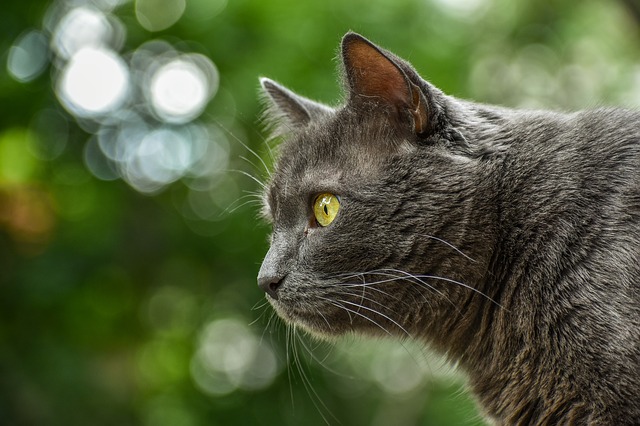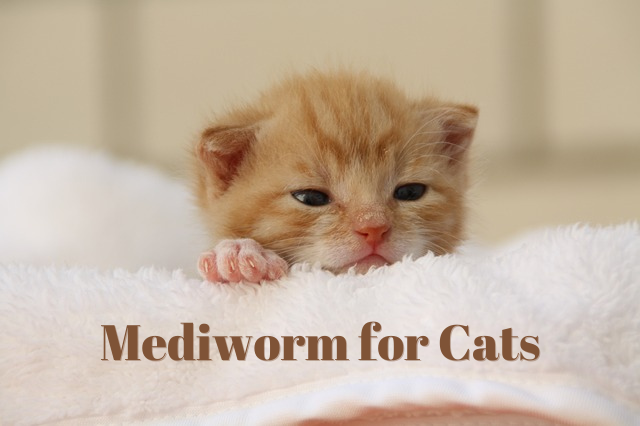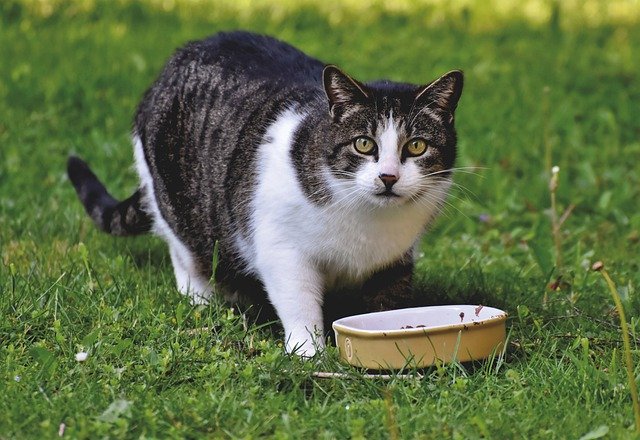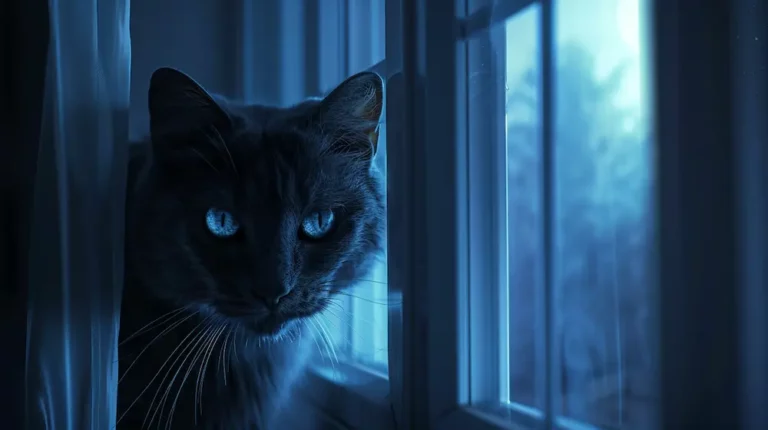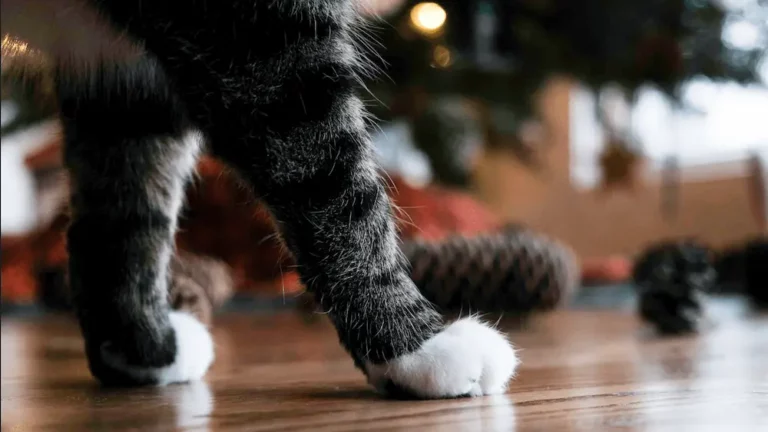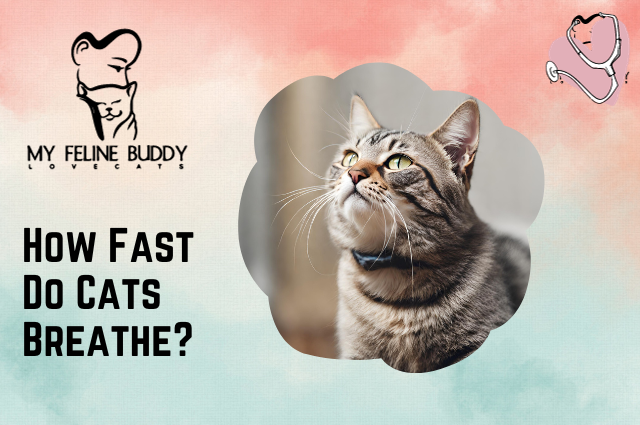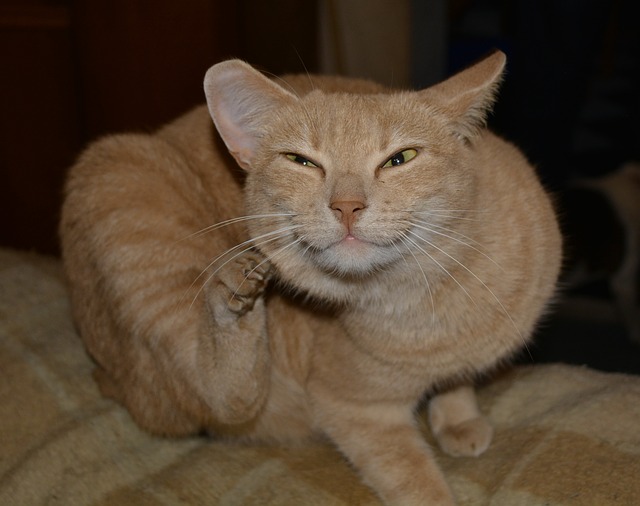What is Distemper in Cats?
Distemper in cats isn’t the same disease as Distemper in dogs. First of all, both of these conditions are caused by two different pathogens, and in cats, Distemper is actually synonymous with panleukopenia (FPV), for which there is a vaccine.Â
I mentioned the vaccine right from the beginning because a lot of progress was made thanks to it, and that’s how Distemper in cats is now so much rarer. However, it can still show up in unvaccinated kittens, pregnant cats, or those that have a depressed immune system.Â
In this post, we’ll look at what this disease is, its clinical signs, what it is caused by, how it’s treated, and much more.Â
What is Distemper in cats?
Distemper, also known as FPV, is a viral disease that can technically affect all cats that haven’t been vaccinated against it. The virus causes a variety of symptoms, which we will discuss in detail below.Â
Unfortunately, in animals whose immune systems aren’t working properly, it can be a deadly condition. Therefore, seeking out veterinary assistance as soon as possible is paramount — you could be effectively saving your
Signs of Distemper in cats
The reason Panleukopenia is called Distemper is that it shares some of its symptoms with the same disease in dogs. Some cats experience diarrhea (sometimes containing blood) and vomiting while others develop the respiratory form and show signs such as a runny nose, eye discharge, or sneezing.Â
Other clinical signs of distemper in cats range from anemia and fever to weight loss, fatigue, loss of coordination, depression, and a lack of appetite.Â
How is Distemper in cats spread? Well, the answer to this question is rather straightforward. The virus is released from an infected
For example, if you are the guardian of an outdoor
On top of that, people can be vectors of the virus as they can inadvertently contaminate an otherwise healthy
The worst thing about the pathogen is that it seems to be quite resistant on surfaces for several hours. Most viruses don’t survive well in areas that aren’t damp, but if the humidity is provided, the virus could be there for up to 24 hours or more.Â
That is why Panleukopenia is more common in catteries, shelters, and also in pet stores.Â
How do you treat Distemper in cats?
When you take your
If a fecal or nasal discharge sample is collected, the
Panleukopenia shares some of its symptoms with typical gastrointestinal infections or upper respiratory tract infections, too, so a clear diagnosis is necessary before any treatment is initiated.Â
There is no specific medication or therapy for this viral disease to date, especially since the virus seems to mutate every year. However, most vets prescribe antibiotics to prevent or treat any bacterial complications.Â
The animals that are dehydrated or that haven’t been able to feed will get IV fluids. When you take your
Prognosis
If the
A
Most cats can recover within two weeks if their immune system is functioning properly and they are provided with enough care, attention, and affection.Â
Preventing this disease is extremely important if you run a cattery or any other boarding facility or shelter — contamination is extremely common, so you will have to evacuate and disinfect all of the rooms. Bleach is the only substance that seems to be capable of killing the virus.Â
Is Distemper in cats contagious to humans?
Fortunately, Feline Distemper is not considered a zoonotic disease, so there haven’t been any cases of transmission to humans reported yet. There are a lot of other zoonotic diseases that cats can give people, but Panleukopenia is not one of them.Â
Distemper in cats – Vaccination
You might be wondering what the point of getting your
Well, vaccines are changing, too, but not only that — if you vaccinate your
And since Distemper in cats can sometimes be deadly, especially in geriatric cats and kittens, not vaccinating your feline friend just isn’t an option.Â
